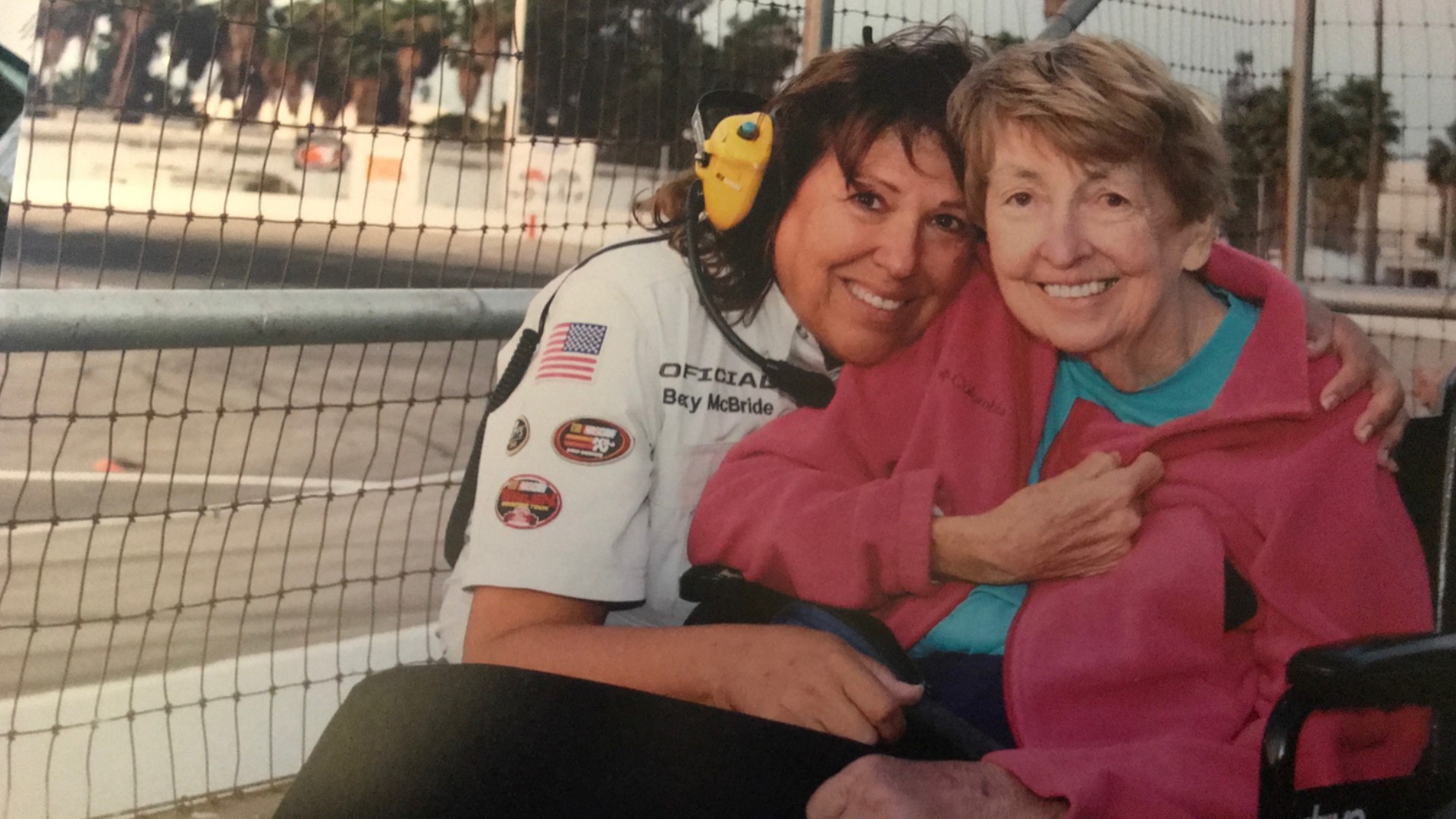SAN DIEGO — A 22-year-old died of an apparent overdose on his birthday after getting furloughed.
An 81-year-old with a chronic health condition couldn’t go to the gym and lost her life five months later.
A farmworker in a family of undocumented immigrants contracted COVID-19, but — too scared to share his personal information — was never tested.
None of them are captured in the county’s official list of coronavirus deaths, but their families say all of them died because of the pandemic.
A review of state and county public health data finds many more people have died as a result of the pandemic than the San Diego County public health office has acknowledged publicly.
Estimates from an inewsource analysis show that roughly 1,181 more county residents have died from March through August than in a normal year. The number is 66% higher than the county’s official COVID-19 death total during that time.
The uncounted deaths are concentrated in minority communities and inside residents’ homes, inewsource found. More than a third of the people missing from the county’s death total are Hispanic, and deaths are increasing faster at home than in hospitals.
While the public health office’s data only captures people who tested positive for COVID-19, inewsource’s analysis is much broader. It includes people who died from the virus but were never tested, as well as those who didn’t contract it but lost their lives because of the pandemic anyway.
The analysis is an estimate of what epidemiologists call excess deaths, or the rise in deaths beyond what’s expected in a normal year, based on data since January 2017.
“Excess deaths mean the deaths that could have been avoided, potentially,” said Mark Hayward, a mortality researcher at the University of Texas Austin.
“It’s a blip,” he added. “There’s a cause here, and the cause is not getting the care that people need.”
In an email, a spokesperson for the county’s health agency, Sarah Sweeney, said the analysis was “premature” and should not be conducted until after the pandemic is over, if at all.
Another staff member from the agency also questioned the findings, saying this kind of calculation should be used after floods or wildfires rather than during pandemics.
Andrew Noymer, an epidemiologist at UC Irvine who studies pandemic diseases, disagreed.
“That is absolutely wrong,” said Noymer, after learning of the county’s position. He has worked on excess deaths calculations in Orange County during COVID-19.
Experts have encouraged using this measurement during the COVID-19 crisis and the Centers for Disease Control and Prevention has a regularly updating dashboard with excess deaths estimates for each state. Researchers have performed these calculations throughout pandemics since as far back as 1847 during London’s flu outbreak.
inewsource consulted with eight epidemiologists and mortality researchers who supported calculating excess deaths during COVID-19. They acknowledged that the estimates will become more accurate further into the pandemic because the data is still preliminary, but they said it’s still important to make the public aware of the early findings now.
Dr. Matthew Wynia, the director of a bioethics program at the University of Colorado, said the official count kept by the public health office is important, but it “leads us to underestimate the total impact of certain types of disasters.”
In September, Wynia and a team of researchers published a national report that Congress commissioned on how to measure a disaster’s death toll. The report says an accurate picture of coronavirus deaths can have major effects on how governments allocate resources, including disaster relief money.
“You can use that information to target resources to neighborhoods that are being very hard hit or other social groups that may be particularly hard hit,” Wynia said.
“When we can figure out why people die, we can maybe intervene to prevent those deaths,” he added.
Reaching the hardest hit
Nancy Maldonado didn’t need to see the numbers to know they were true.
As the CEO of the Chicano Federation, Maldonado had spoken with Latino residents in San Diego County for months who felt discouraged from seeking COVID-19 tests. Some worried about the stigma around testing positive, some didn’t believe the healthcare system would help them and others feared handing over personal information.
The rise in deaths during the pandemic bears out the consequences of those concerns. Hispanics — and other racial and ethnic minorities — are underrepresented in the county’s official COVID-19 death total, which only includes people with positive tests.
About 55% more Hispanic residents are captured in inewsource’s death data than in the county’s. Plus, there are more than twice as many Asian people and Black people in the excess deaths data than are captured in the county’s numbers.
“Honestly, it’s not surprising,” Maldonado said about the results.
"This isn't the equalizer,” she added. “This isn't happening the same to everybody. We're not all in this together."
When someone gets tested for the virus, that information is reported to the county public health office, where the data is aggregated, stripped of identifiable information like name and birthday and then released online to keep the public informed of the pandemic’s impact in the region.
Maldonado said undocumented immigrants are especially concerned about entering their personal information into this system, even though officials have said they won’t turn it over to law enforcement agencies.
In August, Maldonado asked an undocumented family if they would be willing to publicly talk about their father, a farmworker on a work visa who they believe contracted the virus from his co-workers in the fields. He died after developing COVID-19 symptoms, but he was never tested for the virus.
She told the family that sharing the full story could help prevent similar situations in the future. The family declined, fearing it would risk their safety.
“They lost their father and they can’t even talk about it because they’re so scared,” Maldonado said.
Roughly 1 in 20 county residents are undocumented immigrants, according to a recent estimate, surpassing the national average.
“There's no way we're not undercounting folks who are undocumented, folks who are migrant workers, folks who live in mixed-status households,” said Rebecca Fielding-Miller, an assistant professor of public health at UC San Diego.
Fielding-Miller partnered with the Chicano Federation to interview Latinos about the county’s contact tracing program, which tracks down people who may have COVID-19 and encourages them to self-isolate and get tested. They learned that language and cultural barriers discouraged Latino residents from participating.
Now, the Chicano Federation has a county-funded $2.6 million grant to continue pandemic-related outreach and education in the region’s hardest-hit neighborhoods.
“I’m glad that it’s being addressed, but it’s unfortunate that it took so long,” Maldonado said.
National researchers have found a magnifying effect of every COVID-19 death. They estimate each victim leaves behind nine grieving loved ones who are more likely to develop chronic mental illnesses or substance abuse disorders if they don’t receive the proper support.
About 180 more local Hispanic residents died as a result of the pandemic than are captured in the county’s official data. That’s more than 1,600 grieving family members who could benefit from support programs or nonprofit outreach.
“We need to know how big an effect this disease is having in our community,” Fielding-Miller said.
“To say that somebody's uncle, somebody's grandmother, somebody's cousin, was a part of this historic pandemic and witnessing that is also a really important thing to be able to do.”
Testing the system
In San Diego County, deaths at home continue to rise while deaths at hospitals have mostly stayed flat.
“I think a certain degree of it is people’s fear of going to the hospital and getting the virus,” said Dr. Steven Woolf, an epidemiologist at Virginia Commonwealth University. His recent study found more than 226,000 excess deaths across the country during the pandemic.
“The other issue is the virus itself,” Woolf added. “It is a lethal virus, and for many patients the clinical progression is very fast.”
That means some people don’t make it to a healthcare clinic for testing before becoming isolated at home. And if they never visit a hospital, where COVID-19 testing is common, it’s another missed opportunity to detect the virus.
“If a patient dies of a cardiac arrest, you don’t know exactly what the struggle was,” Woolf said. “The family members may say they were having trouble breathing for the last couple of days. Was that COVID? Was that congestive heart failure?”

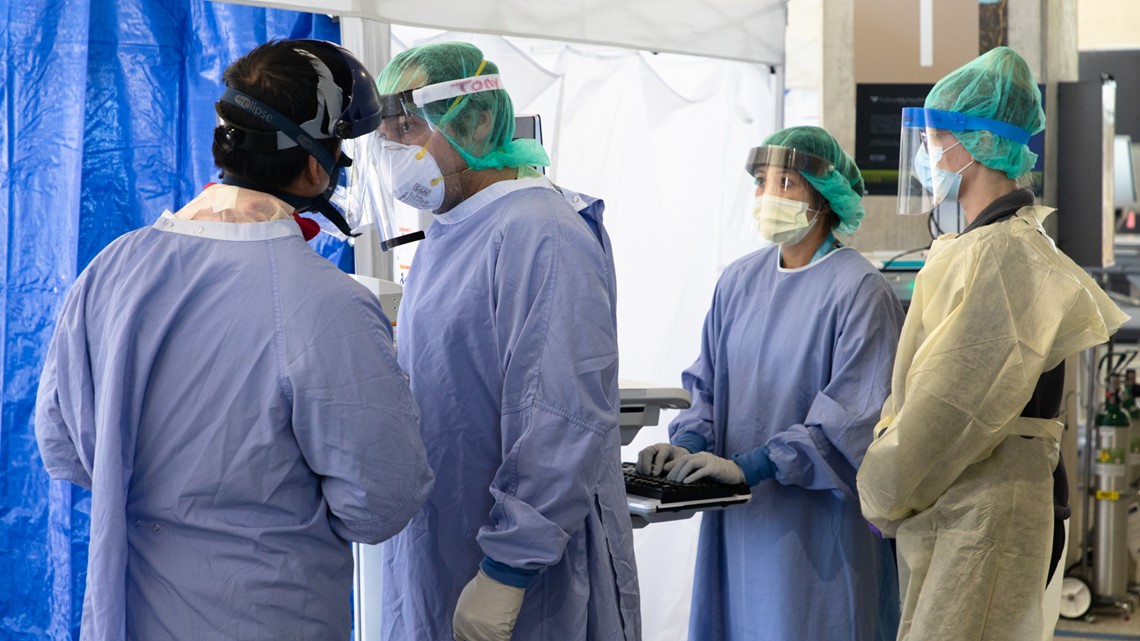
The county’s public health office has systems to identify these residents — the ones who died from a COVID-19 infection without a positive test — but the systems are limited.
For one, the county follows guidance from the National Center for Health Statistics on filling out death certificates during the pandemic. If someone likely had the virus but no test to confirm it, the paperwork should note that COVID-19 was “probable” or “presumed.”
While some jurisdictions like New York City publicly release these probable death numbers, San Diego County does not. inewsource found at least one resident whose death certificate listed COVID-19 as the cause but was not included in the county’s numbers because the person didn’t have a positive test on record.
Sweeney, the county spokesperson, said the public health office tracks probable deaths and is still working with the state to finalize the data before releasing it.
In the meantime, the county Medical Examiner’s Office can take a probable case of COVID-19 and confirm it by testing a body for the virus. If it’s positive, the county can add that information to a death certificate and include the COVID-19 victim in its official data.
The office tested at least 72 people who died at home from March through August, and four of them were positive. Hayward, the epidemiologist at UT Austin, reviewed the office’s testing criteria and said it was robust, especially compared to rural areas of the U.S.
However, most people don’t end up at the county morgue. The Medical Examiner’s Office began about 1,600 death investigations from March 1 to Aug. 5, a period when about 10,000 residents died.
County officials have acknowledged their death totals have failed to capture all those who died from the coronavirus, but they’ve said their data has gotten better as testing has become more widespread.

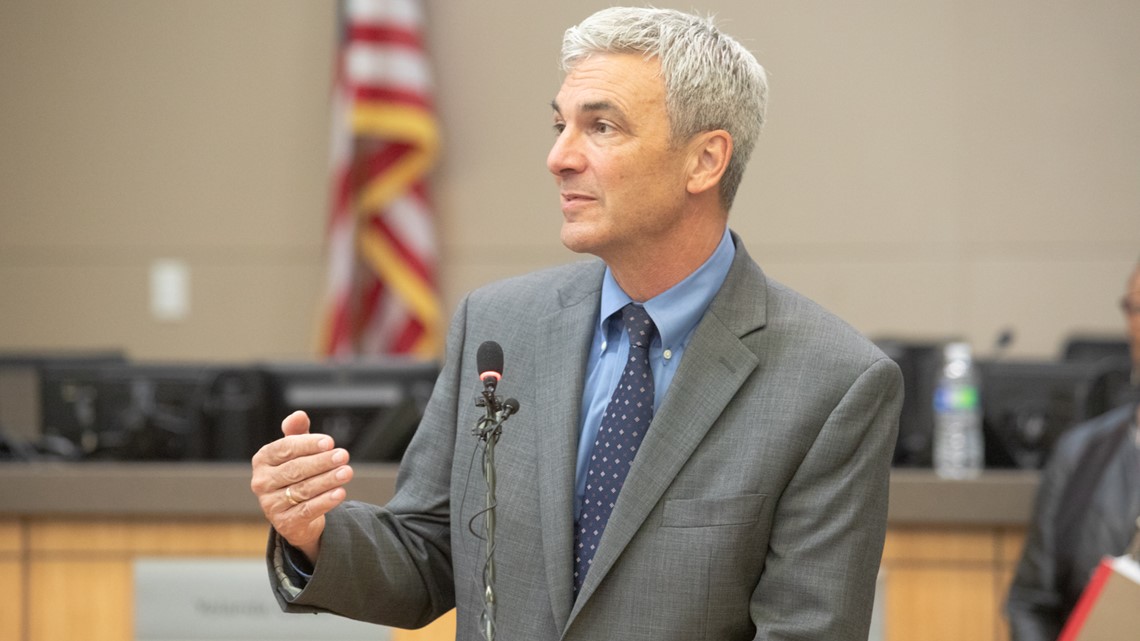
“I think it may be that there were some deaths that occurred early on during the pandemic, say in March and April, that may have been due to COVID but not attributed to COVID,” said Dr. Eric McDonald, the county’s medical director of epidemiology and immunization services. “But I think that that is not really a problem going forward.”
‘He was my person’
The coronavirus has taken the lives of San Diego County residents who never contracted it, but mortality data can’t explain what exactly was responsible for their deaths.
“That kind of information just isn’t available,” said David Leon, an epidemiologist at the London School of Hygiene & Tropical Medicine who co-authored a paper on excess deaths during the pandemic.
The answers would have to come from “qualitative research,” he said, like interviews with the loved ones of those who died.
“I think the question of how one gets to the bottom of that is very difficult. … It would involve going to talk to family doctors and perhaps people who’ve lost relatives,” Leon said.
The mother of Zach Budlong, a Vista resident, believes her son is one of the county’s indirect victims.
Zach left the world on Aug. 23, the same day he came into it. It was his 22nd birthday.
When the pandemic struck, he was helping care for his sister as she neared the end of high school, enjoying his work and surfing regularly with a group of close friends.


Then Zach was furloughed from his job at Caliber Collision, and he lost routine and structure, his mom said. He spent more time with friends and drank more alcohol than he had before.
With no work, he worried about the future, and when federal unemployment benefits were cut from $600 to $200 a week, his anxiety grew. Paying rent became a struggle.
“He was just worried. It’s expensive,” said Zach’s mother, Rachel Budlong, who lives in Austin, Texas. “It’s a lot of stress to live out there and to not be able to make money.”
Zach also started to look up conspiracy theories about COVID-19.
“I think he just thought COVID wasn’t real, he was invincible, nothing bad was going to happen to him because nothing bad had ever happened to his friends,” his mom said. “And that’s what scares me.”
On the Saturday of his birthday weekend, Zach went to the beach and a friend’s barbecue to celebrate. The partying carried into the next day. Friends and family suspect it was at some point early Sunday that he unknowingly took fentanyl, a synthetic opioid, thinking it was Xanax.
His girlfriend, Sierra Weirich, walked over from her nearby home around 7 a.m. to check on him. When she found Zach, he was unconscious. His roommate, a friend and an acquaintance were in the apartment.
Weirich screamed, called 911 and went for help. A nurse walking her two dogs nearby rushed in and administered CPR. The police and paramedics arrived, but no one could resuscitate him.
“He was my person,” said Weirich, 20, who first met Zach in middle school. He was a “pure soul,” she said, had a “contagious laugh” and “wanted good for everyone.”


“This is not how life was supposed to go.”
Zach died shortly after sunrise from a presumed drug overdose. The toxicology report is still pending, his mother said.
He leaves behind his parents, his 17-year-old sister, Casey, and his 25-year-old brother, Jacob. His mother said the pandemic impacted the whole family, but no one more than Zach.
“He had nothing to do, and so much time on his hands and with anxiety,” she said, her voice trailing off.
Ultimately, she said, it led to a toxic environment.
“That's why I think the pandemic played such a part in his death. And I'm afraid, I'm afraid for his friends. I'm afraid for any kids that are in a similar position,” she said.
“I think that a lot of young people are struggling right now.”
The virus itself isn’t a major health risk to younger people — there were only three reported COVID-19 deaths among county residents in their 20s through August — but the pandemic has caused them harm in other ways.
That age group accounts for about 100 excess deaths in the first six months of the pandemic.
McDonald, the county’s deputy public health officer, said the region’s rise in deaths beyond those with COVID-19 infections is “an issue that’s been on the mind of both the public and healthcare providers.”
“We will have to look into that, and we are looking into that actively,” he said.
Homebound
When a major hurricane makes landfall, only a fraction of the victims die from the high winds and flooding. Some freeze in their homes when the power goes out, slowly suffer from starvation or develop carbon monoxide poisoning from their backup generators. These are the disaster’s indirect deaths.
In the case of COVID-19, the common example used by researchers of an indirect death are people too scared to go to a hospital, fearing they may catch the virus, who die at home from a heart attack.
But deaths during the pandemic come from many — and sometimes unexpected — causes.
The brother of Steve Hoen, a 55-year-old who lived near Pacific Beach, said the pandemic forced Steve into a sedentary lifestyle that led to his death.

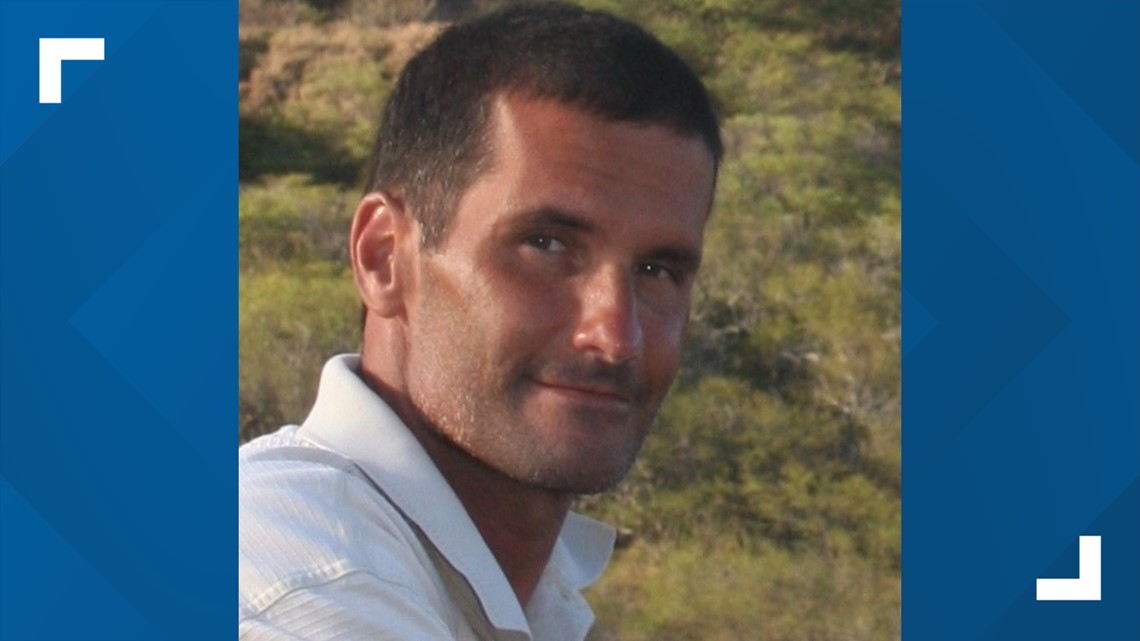
Steve was a free-spirited athlete who loved the outdoors and gravitated toward the ocean. Between golf, surfing, boxing and jiu jitsu, he always found a way to stay active. But the avid athlete was born with a heart defect, even though it wasn’t easy to tell, and took blood thinners his whole life to avoid dangerous clots.
His brother, Paul Hoen, said he managed it well — in fact, he was in “perfect health” — until the pandemic, when his usual surf spots shut down, the gyms closed and he was instructed to work from home.
Steve died from a blood clot in his heart on May 4, leaving behind his father, brother and sister.
“It upends the whole rhythm of a person’s life,” Paul Hoen said about the pandemic. “And for a person who required his blood clotting levels to be at a certain level suddenly upending the normal I think is dangerous.”
Rosie Sanchez, an 81-year-old Lakeside resident, was a prolific gym-goer, too.

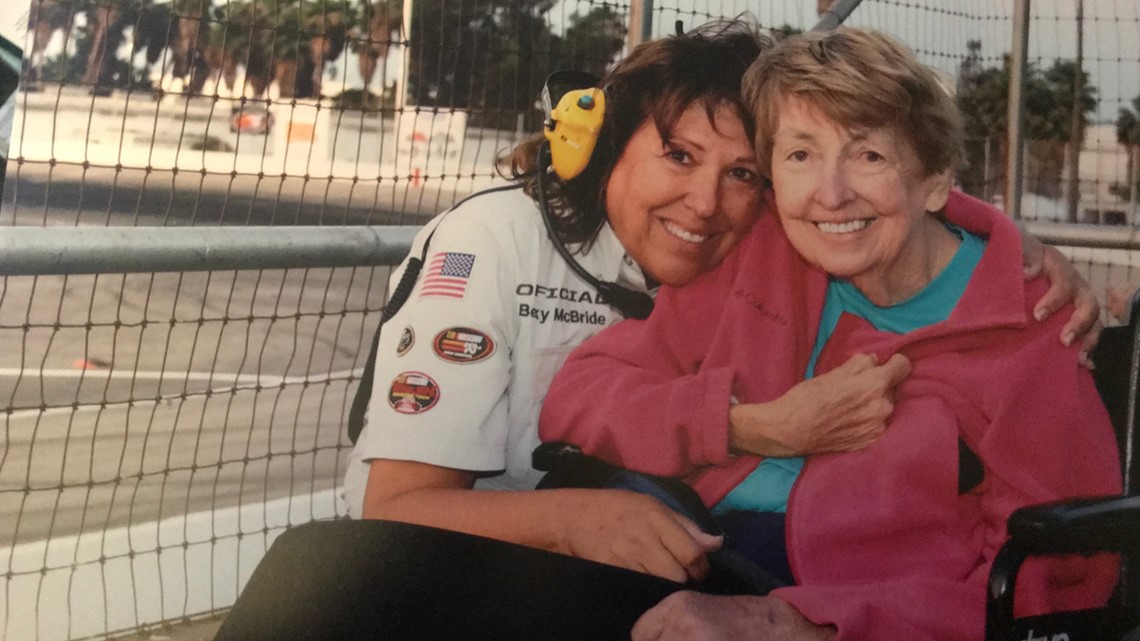
It was a habit she developed after polio almost took her at age 12, when her muscles atrophied and she was unable to walk for three years.
Rosie’s daughter, Becky McBride, said her mom’s workout routine prevented her muscles from atrophying, which can happen to former polio patients as they age. In March, Rosie still coached two softball teams from her wheelchair, lived independently with her cousin and went to the gym every day.
But when gyms were forced to close, her routine turned upside down. Rosie, a devoted Padres fan and season ticket holder since 1978 who also traveled regularly to NASCAR races, was suddenly homebound.
By May, Rosie couldn’t stand. She lost so much muscle in her legs and torso that she couldn’t hold her head up or reposition herself without help.

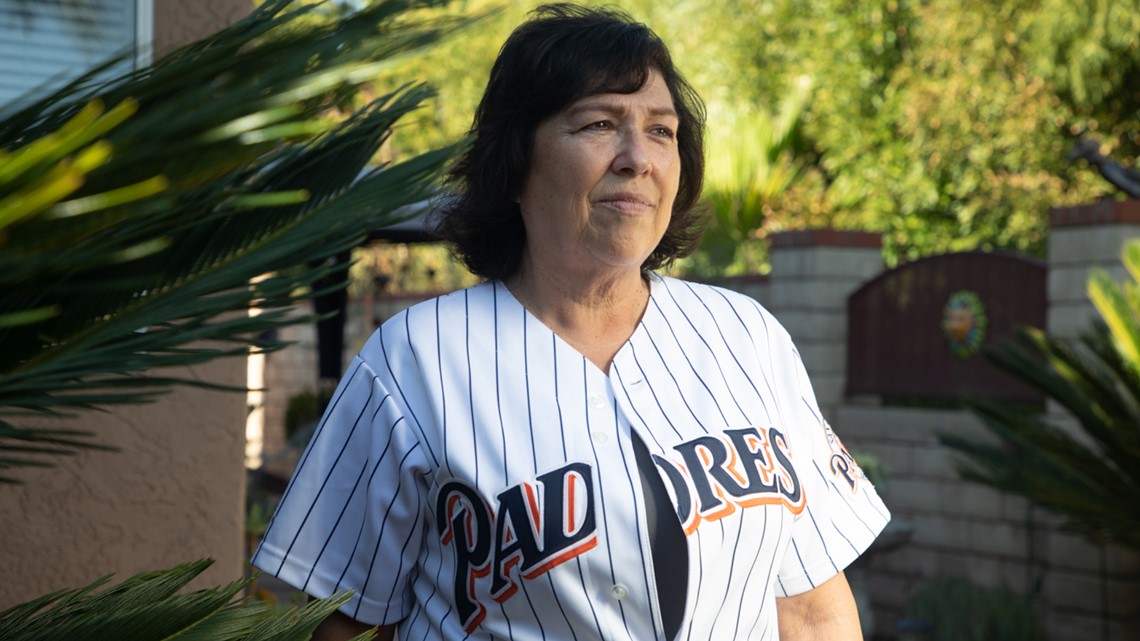
“She kept saying, ‘Everything's falling apart. Everything's falling apart,’” McBride said. “She never talks like that. And I thought, what is she talking about? But she couldn't see her softball teams. She couldn't go to her sporting events. She couldn't see her family, really. So it was very hard to not be depressed.”
Following a hospitalization, Rosie died at home on Aug. 11.
Her daughter said she regrets that she didn’t get her mom a personal trainer during the state-ordered shutdown, but she expected the gyms would open up soon and her mom would recover.
“I guess I just wish we could have lived our lives and made our own choices,” McBride said.
“This is all so unnatural.”
inewsource intern Sofía Mejías-Pascoe contributed to this story.
Correction: 6 p.m., Oct. 23, 2020
An earlier version of this story had an incorrect title in one reference to Dr. Eric McDonald. He is the county’s medical director of epidemiology and immunization services.
inewsource is a nonprofit, independently funded newsroom that produces impactful investigative and accountability journalism in San Diego County. Learn more at inewsource.org.
___________________________________________________________
How we calculated excess deaths
Excess deaths is a calculation used by researchers to determine how many deaths have occurred beyond what is expected in normal circumstances.
To calculate excess deaths during the pandemic, inewsource gathered monthly mortality data from 2018 through 2020 from the county’s public health agency, which provided deaths of local residents, and from the state’s public health department, which provided all deaths in San Diego County regardless of residency.
For each month this year from March through August, we subtracted the average number of deaths that occurred in the same month from 2017 through 2019, giving us the excess deaths for that month. Then we added up the excess deaths from each month to get the total excess since the pandemic began.
The same method was used to calculate the number of excess deaths among county residents broken down by racial and ethnic group, cause of death, and age group.
The county did not provide resident-only data broken down by death location type (for example, whether someone died at home or the hospital), so we used the state’s data for these breakdowns, which includes non-county residents.
To measure whether the rise in deaths was a result of normal year-to-year variation, we calculated the standard deviation of the deaths that occurred each month from 2017 through 2019. The increase in deaths seen each month from April through August this year was more than two standard deviations above the mean, indicating the rise in deaths is highly unusual.
For comparison, we pulled the regularly updated list of official COVID-19 victims from the county’s public health office and broke down the data by month, racial and ethnic group, and age group. This list only includes county residents. We subtracted the number of people on the list from the number of excess deaths occurring during the same period to estimate how many people are not captured in the county’s COVID-19 death total.
September’s data wasn’t included in the analysis because the state hasn’t yet released it.
The 2020 data used in this analysis is provisional. The number of deaths on record for the first six months of the pandemic — and the number directly attributed to COVID-19 infections — will likely increase over time.
We consulted with nine epidemiologists and mortality researchers for this story and its methodology. Our estimates don’t take into account population changes, which can affect death counts, but experts said those changes are small in a four-year time span and unlikely to majorly affect the results.
Read more about how and why we did this story here.

